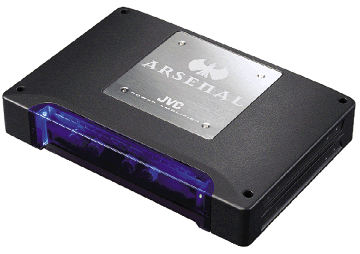Listening
After unpacking and inspecting the amps’ controls and connections, I read the owners manual just to be sure I knew what I was doing. I connect hundreds of amplifiers each year, and I still think reading the manual is worthwhile, particularly if it’s the first time you’ve ever connected a specific model. You’d be surprised at what you can learn. For example with the KS-AR9501D, I learned that the remote bass control was optional, and instead of a level control like the majority of brands use, it was actually a remote bass EQ control, similar to what Rockford Fosgate has used for decades.
Anyway, with my schooling’ done, I hooked the JVC amp into my reference system, and connected it to a pair of 4 ohm, 12” woofers, which wired in parallel presented a 2 ohm load to the Arsenal amp. After adjusting the crossover and gain controls, and noting that I had to apply a bit more gain than what I’d consider normal, I sat down with a fresh mug of what my friends refer to as Cogent coffee, and began listening.
Beginning with some hip hop and rap tracks from Nine Inch Nails, 50 Cent, and Jay Z, and eventually progressing to better recordings by Frank Zappa, Rickie Lee Jones, and others which permitted me to judge the amps ability to produce details and bass articulation, the KS-AR9501D handled any type of music at virtually any level I cared to listen at. Deep and synthesized bass caused no strain or apparent lack of current, and the well recorded music was reproduced with very good clarity and definition. And with plenty of power on tap, I could simply turn it up until it was as loud as I liked it and the JVC amp delivered.
The crossover and subsonic filters seemed to work as intended, and the bass boost was available if I needed more… but I didn’t. I did note that I had to use a bit lower crossover frequency than normal, so I suspected the slope was -18dB, not the -24dB I’m more accustomed to.
When compared to other Class D amplifiers I have auditioned, the KS-AR9501D was very competitive in terms of power delivery and high end sonic performance. None of them will ever be sonically confused with a good Class AB design, but then again, the Class AB designs would need about double the amount of current than these good Class D amps require. So either way, there’s a compromise… sometimes I wish I’d never taken physics!
Design
Of course after my listening session was over, the first thing I did was take the thing apart. I soon realized why I had no current delivery issues in my listening. The KS-AR9501D uses 6 large TO-247 size Power HEXFET’s, each capable of handling over 90 amps of current. The PCB itself is a double sided affair, and appears to use heavy gauge copper traces. There are five 2200?F caps in the power supply, and the secondary capacitance is handled by a pair of large can 4700?F capacitors. Output devices consist of six IRF9640 TO-220 MOSFETS. The layout and design of the amp was fine, and it uses a mixture of surface mount and thru-hole resistors. I did note that the pots used would net a -18dB crossover, which confirmed my earlier suspicions. The critical output filters seemed to be heavy duty, and all the high mass parts were secured to the PCB with adhesives and mechanical methods.
On the Bench
Once I had completed my inspection, it was time to get the numbers out of it, so I connected it to the ruthlessly accurate Cogent test bench. The amplifier measured pretty much as advertised, and that is to say, very well! Power developed exceeded the published ratings at both 4 and 2 ohms, and only fell about 1/10th of 1dB short of the 1 ohm rating. Signal to noise was also good for a Class D design, as was distortion. The crossover and subsonic filters as well as the bass EQ worked exactly as intended, and the phase switch provided precisely 180° of shift at 100Hz. The big JVC is designed to be able to be driven to full power with input signal levels between about 300mV and 6 volts. This is a useful range, and is compatible with any source unit or preamp capable of 2 volts of output or more.
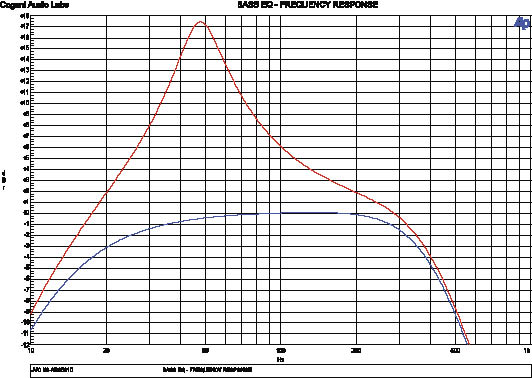 |
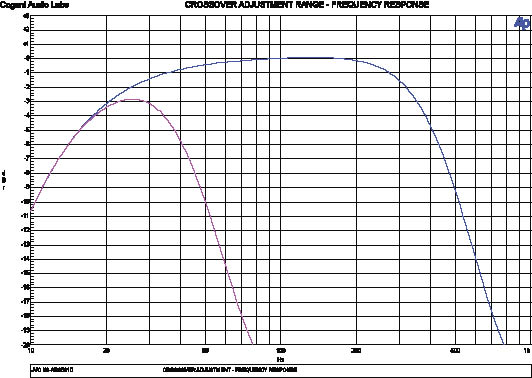 |
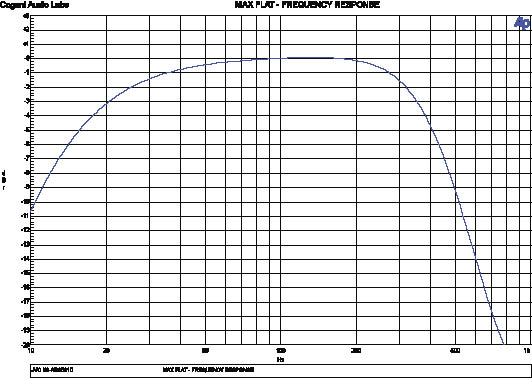 |
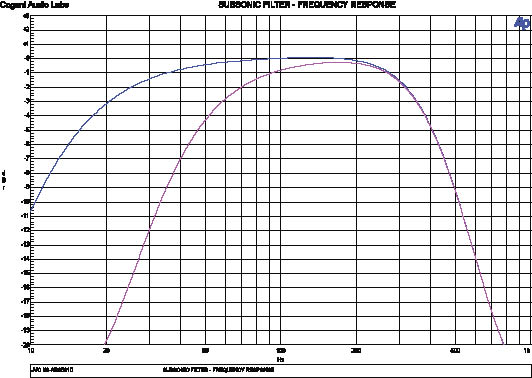 |
Conclusion
Rated at 500 watts into 4 ohms, and 1,000 and 1,500 watts into 2 and 1 ohm loads respectively, it’s fairly evident that JVC is serious about building some real power! Not only has JVC decided to build big amps, they recognize that even a really big amp isn’t always enough, so they have made the KS-AR9501D strappable to a second one!
Related Articles
 PASMAG Unboxing: JVC KV-DR305W Dashboard Camera
PASMAG Unboxing: JVC KV-DR305W Dashboard Camera
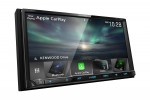 Kenwood eXcelon DMX706S Digital Multimedia Receiver
Kenwood eXcelon DMX706S Digital Multimedia Receiver
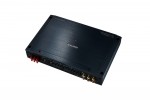 Kenwood eXcelon XR901-5 5-Channel Amplifier
Kenwood eXcelon XR901-5 5-Channel Amplifier
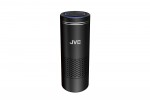 JVC KS-GA100 Air Purifier
JVC KS-GA100 Air Purifier
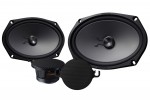 Kenwood eXcelon KFC-XP6902C Component Speakers
Kenwood eXcelon KFC-XP6902C Component Speakers
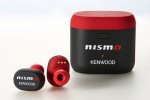 Nismo x Kenwood Collaborate on KH-CRZ50T Wireless Headphones
Nismo x Kenwood Collaborate on KH-CRZ50T Wireless Headphones


